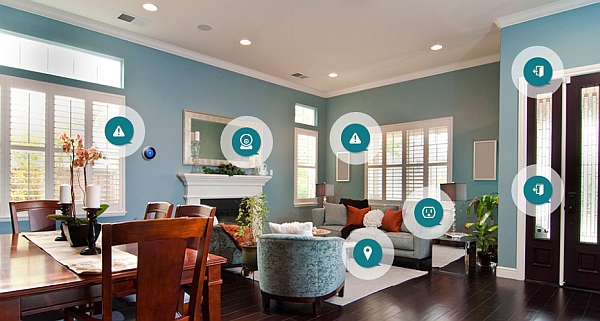Surprisingly many of us fail to change the locks after moving home and are subsequently unaware of the fact we are potentially leaving
our new home vulnerable to a break-in by anyone who may have obtained a house
key during the previous ownership.
In 2013 we carried out a survey and found that 74% of
homeowners in Britain didn’t call a local locksmith to change the locks when they moved
into a new property. All participants in the study were asked whether they had
changed the locks to their new home within a fortnight of moving in. The study found
that people located in the south of the UK were more security conscious than
those living in the North and Scotland, 35% of Southerners said they did get
their locks changed, compared to just 20% of people located in the North of
England and Scotland.
The majority of insurance companies will encourage you to
change the locks on your new home as a basic home security measure as many
policies will not pay out if an intruder lets themselves in with a key, usually
a policy will specify there must be clear signs that a break-in has occurred.
Therefore by not getting your locks changed after moving home you could run the
risk of invalidating your home insurance policy.
Changing your locks after you have moved house is easy!





